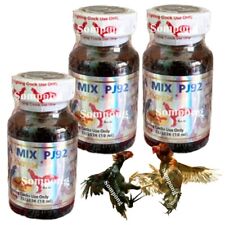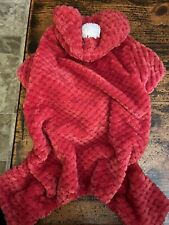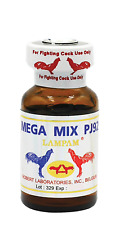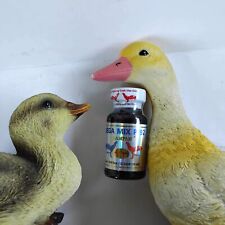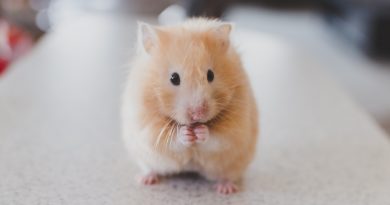FAQ: Keeping Gerbils

What types of Gerbil are there?
Although there are albino varieties, and occasionally other colors appear, breeders have failed to produce the kind of uniformly colored varieties seen in other types of small rodent such as mice, rats and hamsters. Inbreeding is the method most likely to produce color mutations, but gerbils are particularly prone to deformities such as kinks in the tail and breathing difficulties as a result. Because of this random selection is favored more, and has indeed given rise to such shades as dove, white, black and golden.
Do Gerbils make good pets?
Although this much depends on the individual, they generally make excellent pets. Gerbils are always up to something, whether it be building a nest, destroying a cardboard tube, climbing their cage or running about. Gerbils are far less likely to remain nocturnal than hamsters, so you get to see all of their activity. Since they are desert animals, they also produce very little urine, making them smell almost odorless and meaning they need to be cleaned far less regularly than mice and rats.
What kind of housing do I need to buy?
Most normal wire cages are unsuitable, since the gaps are too large. The best housing for a pair of gerbils is a glass or plastic aquarium with a mesh lid. This species likes a lot of space – the minimum should be about 40cm by 40cm. You can fill the bottom with wood chips, sand or peat – and watch your gerbils bulldoze their way through it. Gerbils will always appreciate imaginative owners: you can rest assured that whatever you design or build for them they will investigate and either climb or destroy!
What should I feed them?
It is thought that in the wild their diet is made up entirely of seeds and green plants. It may also be that they take a little animal protein in the form of insects – a gerbil running free in a room has certainly been known to snatch a passing spider. The addition of a little animal protein to their diet may be beneficial for the young, or for pregnant females. This is easily provided in the form of hard-boiled egg. But mostly gerbils should be fed a dry food similar to that of hamsters. This should consist of wheat, barley, peanuts, sunflower maize seed. You may also like to provide dried pea or carrot. The addition of some fresh fruit or vegetable matter such as lettuce or apple will be appreciated.
How much water do they need?
Water should always be supplied through a drip-feed bottle, since they will almost definitely knock over a bowl. You may think that your gerbils do not drink at all because they drink so little, but it is still important to provide fresh water regularly. Being desert animals they attain most of their water from their food and conserve it by sweating little. If you are providing fresh fruit they will drink even less.
Should I keep males or females?
By far the best way to keep gerbils is in a breeding pair. They will remain together for life and the male will assist in rearing the young. They may produce up to 9 litters in their life time. However, you must be sure that you can handle so many young gerbils, because if you separate the pair they cannot later be reintroduced nor introduced to new companions. Gerbils are extremely territorial and will not tolerate strangers. If you do not wish to keep a breeding pair then a two or three females will live happily together. Gerbils are thought to live in underground colonies in the wild, but this has consistently failed in captivity, due to severe fighting. This may be due to lack of space, and should not be attempted by the beginner.
Can they live with other species of rodent?
There may be evidence to suggest that this is possible, but our opinion is that it should never be attempted.
How long do Gerbils live?
Three and a half years is a good age for a gerbil, although they have been known to live to over five years old.
How do I breed them?
The only way is to pair a male and female when young, and then wait! Some pairs will produce up to nine litters in their lifetime. They will have between 2 and 6 young (with 3 or 4 being normal), and they are looked after by both the male and female.
How do I stop them breeding?
The best way is to separate the breeding pair. So that they don’t feel lonely, keep a young female to stay with the mother and a young male to stay with the father.

